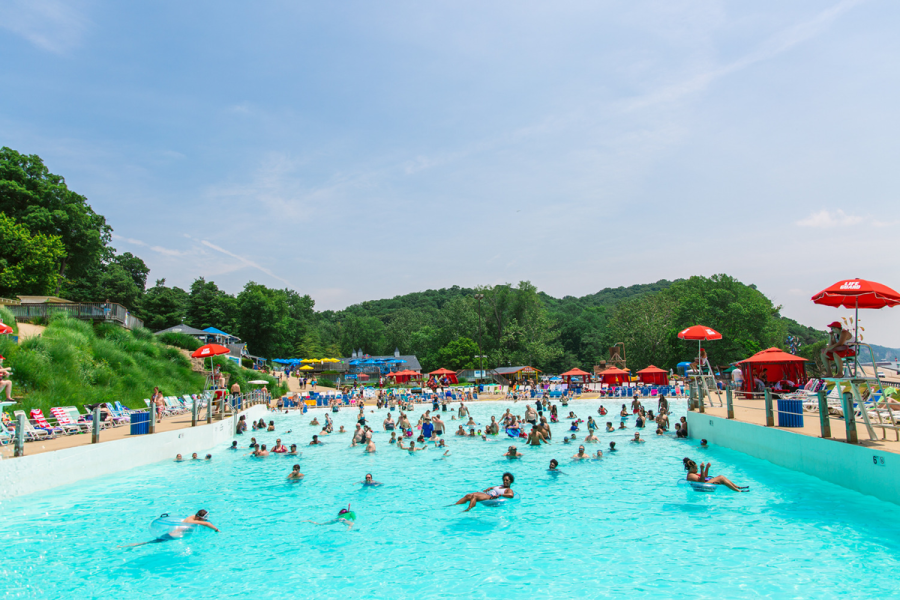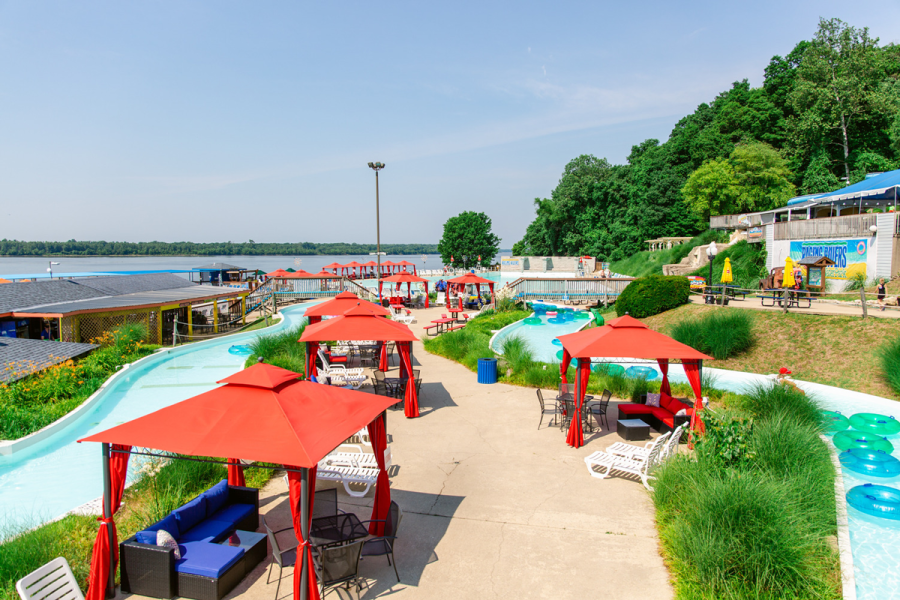Be Your Own Guest

When a guest is impressed at every touchpoint, they’ll return—and tell others they had a great time. That’s not new. But wait! When was the last time “you” played guest to evaluate your operation?
Ask yourself:
- Have you called the phone number at your attraction to experience what a caller does?
- When was the last time you drove through the tollbooths like a guest?
- Have you evaluated the parking lot to see if it’s clean, free of weeds, and the signage is lit at night?
- When did you last stroll up to a ticket window looking to purchase admission?
- How often do you check the bathrooms to see how they look?
“As hands-on owners or general managers, we can fall into the trap of thinking we know everything that’s going on in our facility,” says George McAuliffe, partner/president at Pinnacle Entertainment Group. “It’s better to take the mindset of assuming we don’t know and then constantly search for answers.”
Evaluation should be constant because the guest experience changes from day to day and from employee to employee. It is almost never consistent.

How to Assess Your Attraction
You can evaluate how your guests are treated in several ways. Don a disguise and execute an “Undercover Boss”-type scrutiny. Hiring mystery shoppers from Amusement Advantage or Intellishop is another way to gain intelligence. Employing social influencers for pay or trade may reveal details previously unknown.
McAuliffe favors “management by walking around,” whether that is a large theme park or independent family entertainment center (FEC).
“When I actively managed our arcades and FECs, I’d spend a lot of time out on the floor, observing and proactively talking to guests,” he says. “During peak periods, group events, and party business, I would get the highest yield of pertinent information from interacting with guests.”
That’s McAuliffe’s overt approach. For a covert angle, he’s employed professional secret shoppers and asked family members and friends to test the guest experience.
Mystery shoppers can provide solid information, but the results might not be available until weeks or months after the actual happening, says Tim Canada, vice president of sales and marketing at Netserv, a software product engineering services company. Surveying strategies, monitoring social media, and online review sites can also add to your data.
“Have an infrastructure in place to make sure you’re constantly collecting information about what people are saying about your attraction,” Canada says. “The more in touch you can be with the guest experience, the better.”
One way to elevate guest satisfaction scores is to provide employees with knowledge, and then support them, thus creating a guest service culture that delivers great results, says McAuliffe. No employee should ever tell a guest, “I don’t know.” Instead, they should be empowered to seek the information from another source—whether that be a supervisor or manager.

The Prearrival Touchpoint
The younger demographics—those under 30 years of age—often will get their questions answered on Facebook or Twitter, before ever calling an attraction on the phone, says Canada. Many potential guests also get guidance from attraction websites. Online sites should include all updated COVID-19 protocols.
Attractions also can’t ignore customers who pick up the phone and call with a question. These guests need to talk to a real person. In this post-pandemic environment, many people crave talking to real people.
Canada says it’s OK to start with a recording in order to filter out the easy questions, but then give callers the option to talk with a knowledgeable individual.
The Parking Lot and Beyond
Take a moment to enter your attraction as a guest would behind the wheel. Is the parking lot adequate? Does it offer good signage? And if it’s a huge expanse, are there dedicated and marked walkways for guests to use when safely accessing the entry plaza?
“Then, don’t forget to check on the front desk or ticket gate, parties, and how group processes are run at your attraction,” says McAuliffe.
Ken Handler, owner of Global Management Amusement Professionals and Raging Rivers Waterpark, suggests that upon entering, ask the following questions: What’s the first place guests go? How long are they waiting in line? Are they smiling or laughing when they get off a ride?
“All our employees are trained to welcome guests,” Handler says.
Managers should also plan to use the same restrooms guest use. Keeping an eye on facilities and responding to cleanliness concerns in real time will only result in an operation that is increasingly respected by guests.
Quickly becoming a lost art: showing appreciation. Operators should consider putting their most dynamic and vocal associates at the exit to thank guests upon their departure. A simple, “Thank you and have a safe drive home,” as the final touchpoint can go a long way in making a lasting impression.
Now, What?
McAuliffe emphasizes how important it is to really listen to feedback, then implement change or otherwise react to the key learnings.
“Staff will notice that someone listened and positive change occurred, stimulating more good communication and continuous improvement,” says McAuliffe.
Netserv’s tool, Tatvam, aggregates what visitors write about their experience on social media and online reviews, with surveys and emails. This gives attractions leaders a tangible metric on where they need to improve but also where they’re doing well, says Canada.
Now it’s more important than ever to have a good guest experience—the pandemic created a hesitancy to visit public places because of fear and worry, Canada says. If the experience starts off negative and continues to be negative, those guests are going to wish they never left the house.
